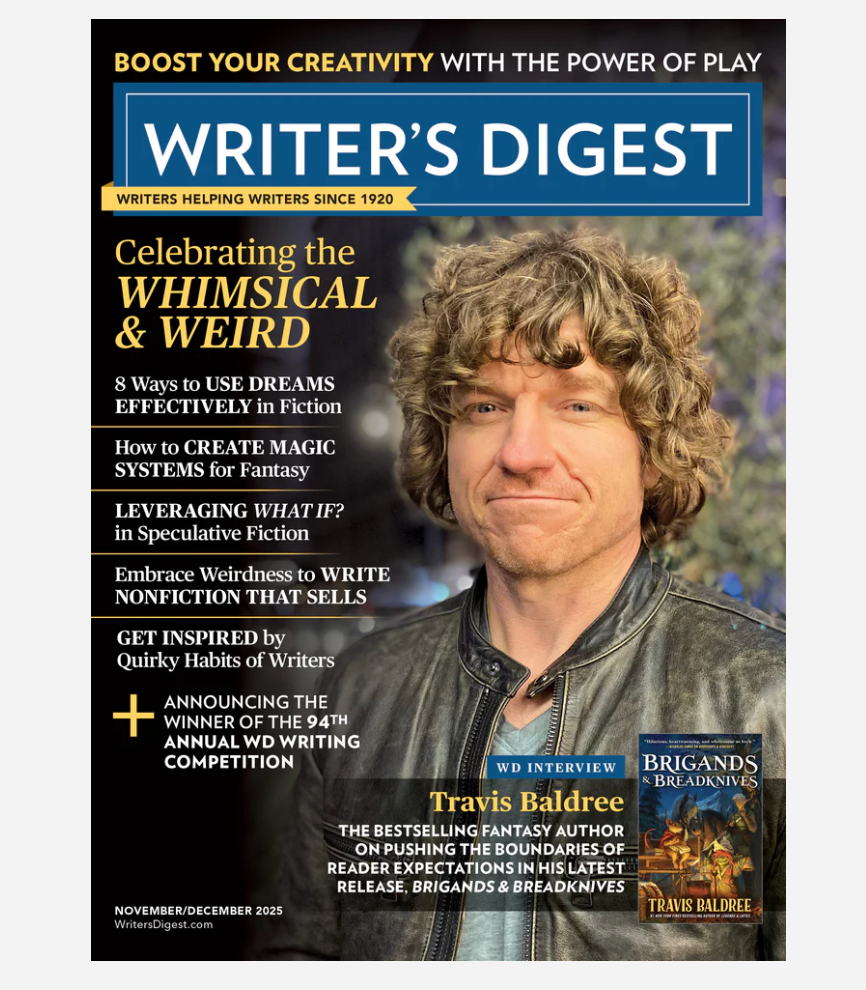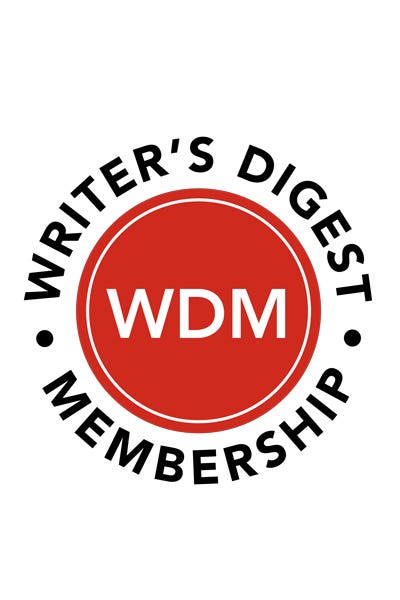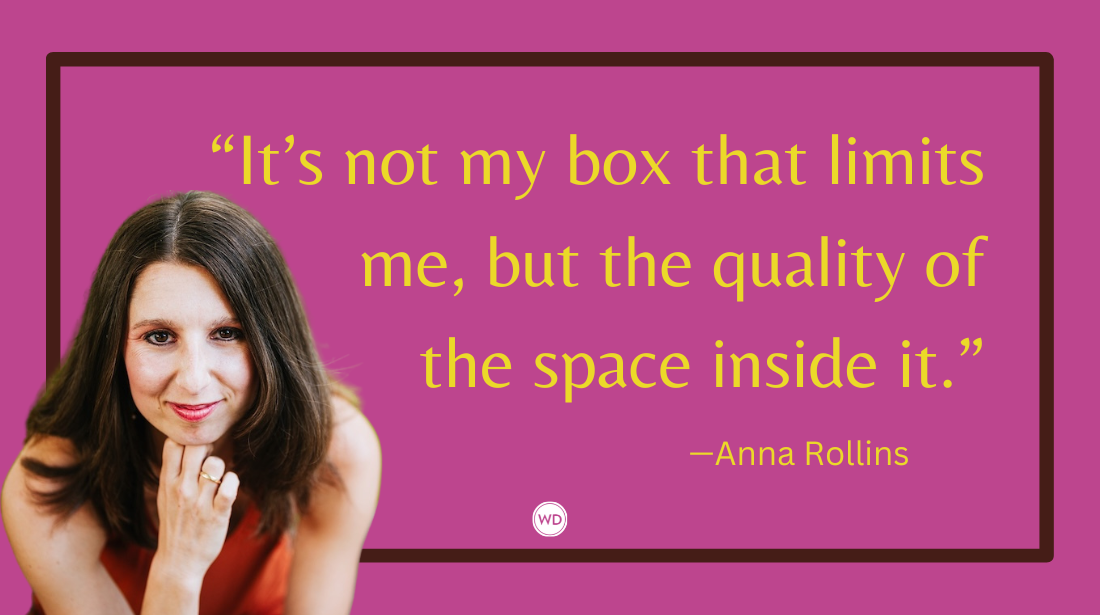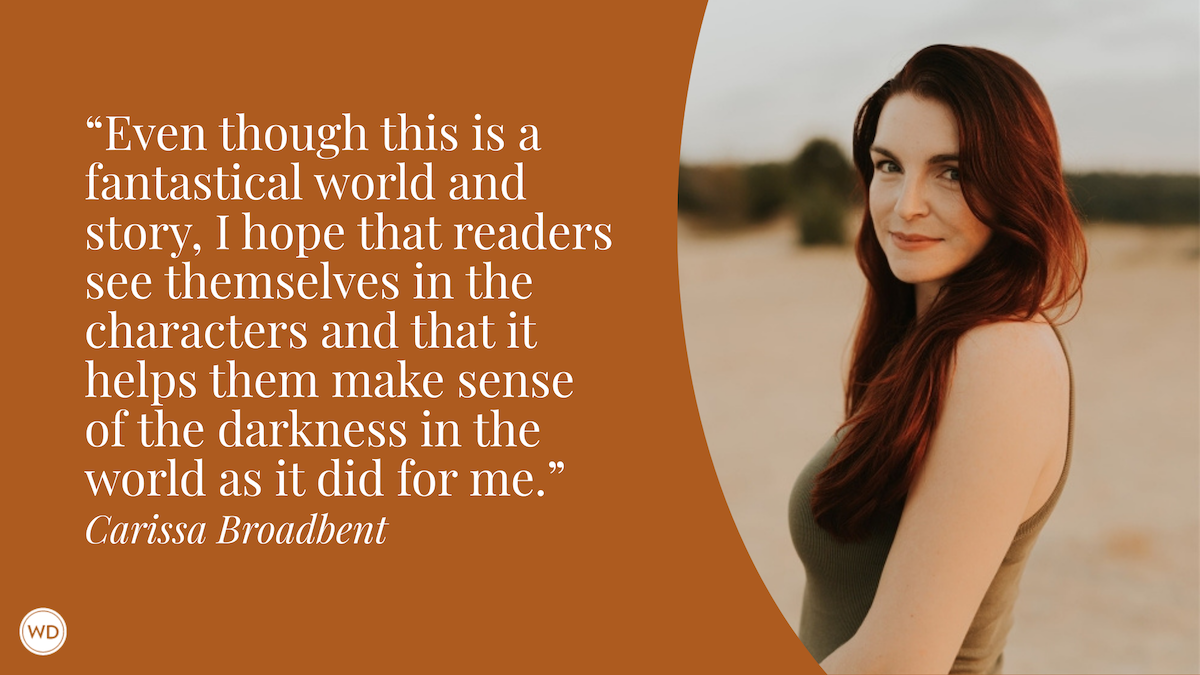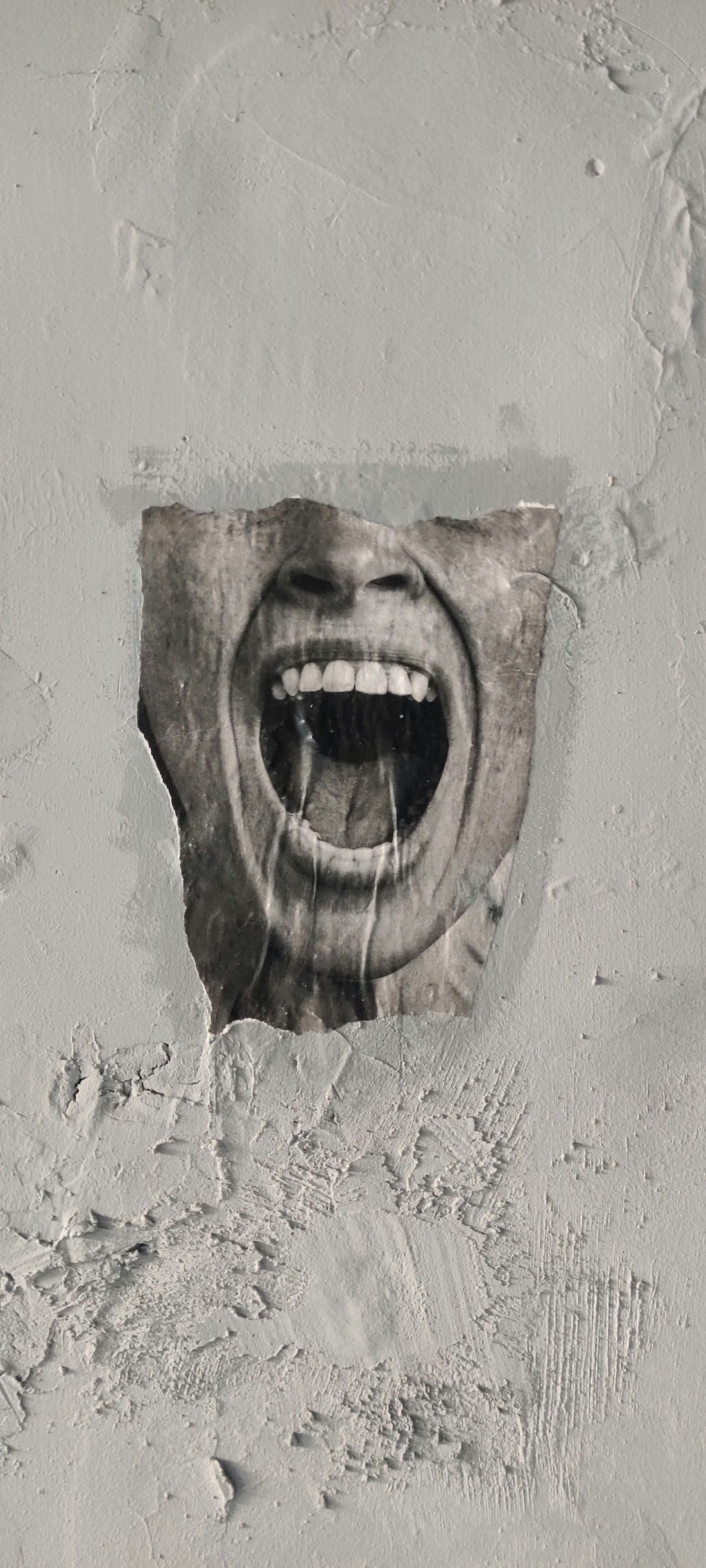Judgement Day: AI and the Craft of Translation
Artist and author (and translator) Diego Jourdan Pereira discusses the overinflated promises of AI, especially as it relates to translation.
As my 48th birthday approaches I find myself spending more time with my elderly father—in no small part due to his ongoing Alzheimer’s treatment—, and our conversations have led me to ponder about time and the blessing of perspective it bestows upon grown men—including the contemplation of death itself.
Coincidentally, I also find myself thinking a lot about wristwatches, but more on that later. Read on!
At the geriatrics institute waiting area the other day, my dad and I mused about past events that seemed of such grave importance only to fizzle out, mere footnotes in our lives. Trials, pursuits, and tribulations somewhat intertwined with an incessant stream of over-hyped fads designed to rob us off our time and focus while lining nondescript corporate and political pockets. In all fairness though, at times these also appear caught in the grip of their own five-level confirmation bias loop.
Case in point, the more I study the current generative AI frenzy, the less substantive its development and purported benefits seem; as do the end-of-the-world fears risen by its detractors, particularly within the literary translation racket that concerns us.
A cursory read through Wiley’s Artificial Intelligence All-in-One For Dummies behemoth—ironically from a publisher which all-too-quickly jumped into bed with tech companies to the detriment of its authors—is enough to reveal GenAI’s severe limitations at simulating the various types of human intelligence that concern the literary translation craft, including naturalist (the desire to learn and explore), creative (the development of new patterns of thought that result in a unique oeuvre), and intrapersonal (looking inward to understand one’s particular interests and inclinations, and set goals based on them).(1)
AI craves nothing, nor is it more capable of combining existing word patterns with more finesse—understanding of nuance and context—than a kitchen blender, regardless of how elaborate and specific the prompts (commands) thrown at it may be. In fact, look no further than the derivative AI schlock currently flooding social media and sites like YouTube to confirm that naturalist, creative, and intrapersonal intelligences are in equally short supply among humans.
Simulation is key here and should be clearly separated from accurate machine translation software, a tool widely used to tackle legal, scientific, and technical texts since the late 1990s, and the forbearer of other “machine learning” software and equipment currently enhancing the work of highly trained human surgeons, engineers, computer scientists and other professionals. We should call the latter “real AI,” as opposed to the wildly glorified novelty chatbots dubbed “GenAI” which vested interests now seem determined to shove down our collective throats despite less-than-stellar results, and the burden they impose on our natural resources.
According to the aforementioned Wiley volume, a technology so underwhelming would need “champions” to push for its adoption up the corporate ladder… you know, like Herbalife.(2) Sure, but “what about productivity?” these true-believers will ask. Turns out even developers who deem GenAI a boon to their output are made 19% less productive by it on average.
Well, say it did magically boost productivity. This is where us, literary translators should question what would the point be in translating more words per minute, hour, or day. Are we really into translating prose, verse, or graphic lit—of all things—for productivity’s sake? Or is it a means to find something about ourselves which we may express through translation?
This is where wristwatches come into play.
Beyond mid-life memento mori allegories, to me horology lies within a miraculous spot where artistic creativity and industry meet. Not unlike paper codexes, a.k.a bound books, quality mechanical timepieces truly never become obsolete, devalue, lose power nor seek it from an external source—in your face, Kindle! And much like any work of literary value, they stand as a testament to the beauty of man’s ingenuity, outliving formats and withstanding the whim of markets.
So the question remains. Why would any literary translator in their right mind deprive themselves and the world of the mindful, caring human process that elevates our craft from a mere hustle into something meaningful, something that lasts? Why surrender our clothes, our boots, and our motorcycle to the latest “Terminator” dummy, and let Skynet turn us into “human post-translation editors?”(3)
For the life of me, I can’t find a reason.
____________________________
1. Chris Minnick et al., Artificial Intelligence All-in-One For Dummies (©2025 John Wiley & Sons, Inc.) , 11 - 13.
2. Chris Minnick et al., Artificial Intelligence All-in-One For Dummies (©2025 John Wiley & Sons, Inc.) , 318 – 319.
3. Chris Minnick et al., Artificial Intelligence All-in-One For Dummies (©2025 John Wiley & Sons, Inc.) , 428.


